Is the Museum in Calabar Nigeria’s one-eyed King?
Museum visits are always a personal thrill, and in Nigeria I have been met with great and not-so-great experiences alike. From an exclusive guided tour to a torch-lit-apology-filled one, I have taken it all in. An hour flight from Lagos or Abuja leads to the city of Calabar in Cross River State, South-South of Nigeria. The State forms part of the oil-rich Niger Delta Region, steeped in deep cultural and historic roots, and plays a critical role in Nigeria's history and heritage preservation.
The Museum
The Old Residency Museum, under the management of the National Commission for Museums and Monuments (NCMM), is where part of Nigeria's history is housed. The museum contains artifacts and relics of historical and archaeological interest depicting events that led to the formation of Nigeria's nationhood. It is located near the Marina Beach Resort in Calabar, which was once the seat of government for Southern Nigeria Protectorate in colonial times. It also served as residence of the Colonial Governor, when Calabar was the first capital of pre-independent Nigeria.
The European architectural-style building has a fascinating history. It was designed and built in Glasgow, England and then shipped in pieces to be assembled in an area known as Government Hill in Calabar in 1884. Interesting also is that shortly after in 1887, Ovonramwen Nogbaisi, Oba of the Kingdom of Benin was imprisoned at this same location, in a tiny cell behind the main building. He was held here after being captured during the British punitive expedition of 1897 and exiled to Calabar. He later lived in Essien Town and died in Calabar in 1914.
Today, the museum is open to daily guided tours, and the tireless Chairman of Carnival Calabar, Mr. Gabe Onah facilitated this visit. Ms. Ekong Mbang’s insightful guided tours puts one in the midst of Mr. Sunday Adaka’s curation of notable milestones in Nigeria's history with relics of colonialism, the transatlantic slave trade, palm oil trade, Calabar Ibibio & Efik history and the largest collection of original documents and artefacts from pre/post-colonial Nigeria, and so much more.
The grounds outside are scattered with the famous Ikom Stone Monoliths, various statues and sculptures, a green telephone booth, and an 1848-dated bell is placed under the gazebo that overlooks a stunning view of the old port city of Calabar.
Cross River State is rich in tourism and heritage sites. These include the Centre for Education, Research & Conservation of Primates and Nature, (CERCOPAN), Calabar Cenotaph, Calabar Sports Stadium, Old Calabar, Esuk Market, Chief Ekpo Bassey's House, Mary Slessor’s Tomb, Bassy Duke Effigy, Marina Resort, Tortuga Island, Slave History Museum, Speed Boat Trips, Mary Slessor’s House & Statue in Creek Town, Tinapa Lake, Kwa Falls, Cross River National Park, The Oban Hills, Kanyang Tourist Village and of course the yearly Carnival Calabar; to name just a few.
With these on offer, the more serious question to ask is of the Government’s commitment to elevate Nigeria’s tourism eco-system to a world-class standard, that provides both local and international tourists the confidence and safety guarantees required.
Beyond Existing
The world is opening up to Africa's 'potentials', but how does the country rate in some tourism requirements like functionality and safety, to be considered world-class? Nigeria is a major storehouse of historical landmarks, artifacts and history that largely remains unpreserved. If all the talk about diversifying the economy could be translated into committed action, the country's travel and tourism sector will contribute better than the 3.6 percent added to Nigeria's GDP in 2021.
Regional neighbors like Ghana have seized upon this weakness. At its pre-pandemic heights, Ghana’s 'year of return' project drew thousands of so-called DNA tourists and shot its GDP to 5.1% by 2019. While fewer Nigerians are remotely aware of the relics of its 850 km long coastline from Lagos to Calabar, other slave ports like Gorée, the small Island off the coast of Senegal welcomes an annual stream of five hundred thousand tourists, says SMILO.
In his June 2020 paper titled Drawing From the Archives: Notes on Old Calabar, Joseph Godlewski PhD, Assistant Professor of Architecture at Syracuse University, New York sought to critically examine The Old Residency Museum building's design and architecture, in order to situate it in historical context. His research revealed that the building was the result of ‘an architectural experiment which failed to achieve its original aims but has nonetheless become an important site of heritage preservation in postcolonial Nigeria’.
Godelawsky surmised, (to much criticism) that there was really nothing special about The Old Regency Museum, at least not as far as its architecture and design goes. The paper also addressed the content of the space, likening it to a lumping ground for any and everything historical, with no clear strategy or direction that global museums usually apply. It may sound harsh, but he is right to be concerned, and also can be excused perhaps because in his country, historical preservation is probably an inbred culture and the working norm. Such is not the case with Nigeria, which is why the Old Regency is the country’s one-eyed king.
The Way Forward
Many will agree that museums across the country are in dire straits, remaining largely unknown and unvisited, not to mention the desperate need for funding, professional management and twenty first century upgrades. Nigeria ought to borrow the blueprint from successful museums across the world who share the same simple formula - a committed private public partnership.
A few critical steps such as getting creative, ditching the poor maintenance culture and embracing change could help the country make progress and truly enjoy the benefits of tourism. Similar to themed institutions like The Museum of Natural History, the National Museum of African American History & Culture etc, themed museums such as Nigeria's Electoral History, Nigeria's Music Museum, or the Nigerian Civil War Museum can be developed to better situate some of these artifacts.
Another step is monetizing these historical institutions to be self-sustainable and depend less on Government subversions. The Louvre in Paris and The New York Public Library for example, are paid handsomely to serve as film locations and historical backdrops. Post-COVID technological breakthroughs have also managed to bring museum experiences closer home to visitors. See how this Dutch Museum coped during the global lock down caused by the COVID-19 pandemic. The Universal Hip Hop Museum is the exclusive home for all things Hip Hop, and it points visitors to the South Bronx - one of the most historically disadvantaged communities in America, where the music genre was founded.
Nigeria's national body for museums and Monuments, in its 77-year history boasts of 53 National Museums, 2 World Heritage Sites, 65 National Monuments, 1 Academic Institution and 1 Zoological Garden. Years of global coverage suggest Nigeria can do better, and exceed its part of the 6.8 percent annual growth estimated by World Travel and Tourism Council's latest Economic Impact Report. The bigger question remains. How much do all these combined assets generate? Most importantly, how many of these institutions have you visited?
If “Culture is the new Oil”, as declared by sitting Minister of Information and Culture Alhaji Lai Mohammed, his office needs to play catch up with the private sector’s effort to create an enabling environment for tourism to thrive in Nigeria.
See a list of National museums in Nigeria and share your (non) Nigeria museum experience. Nigeria's case may not be unique, but there is always room to learn from each other.

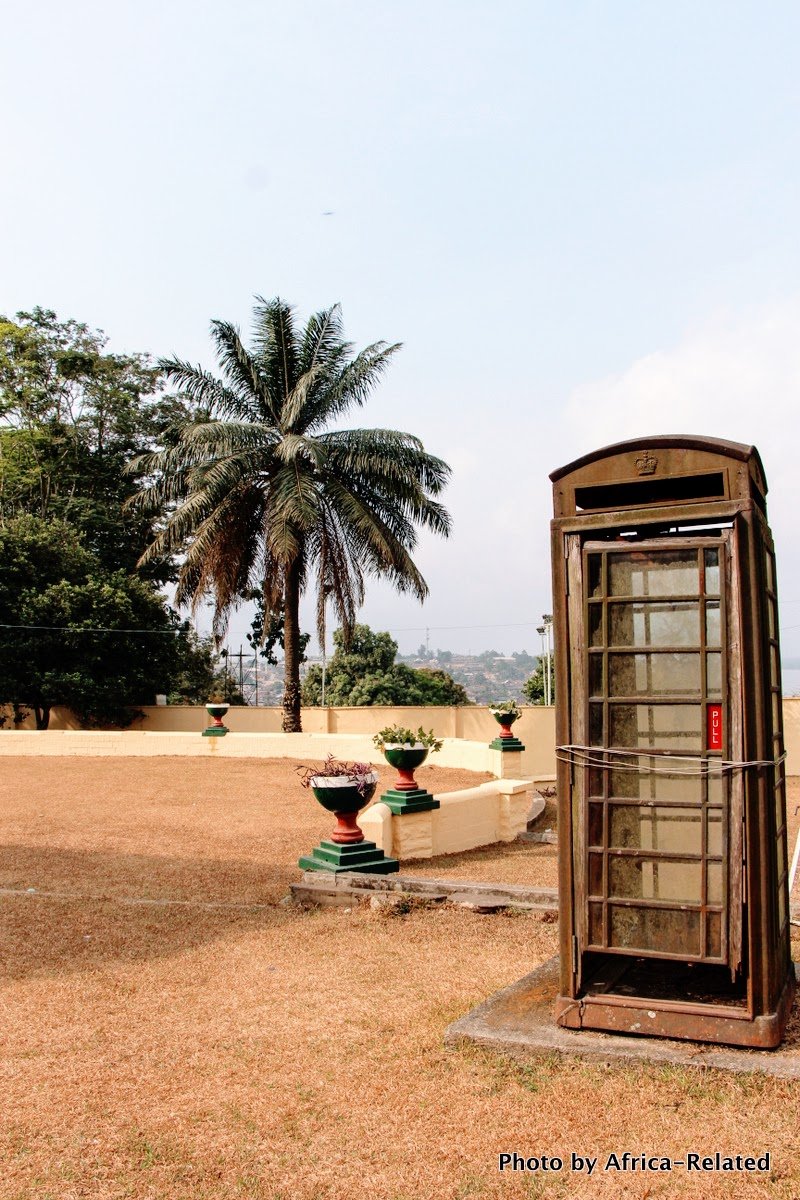
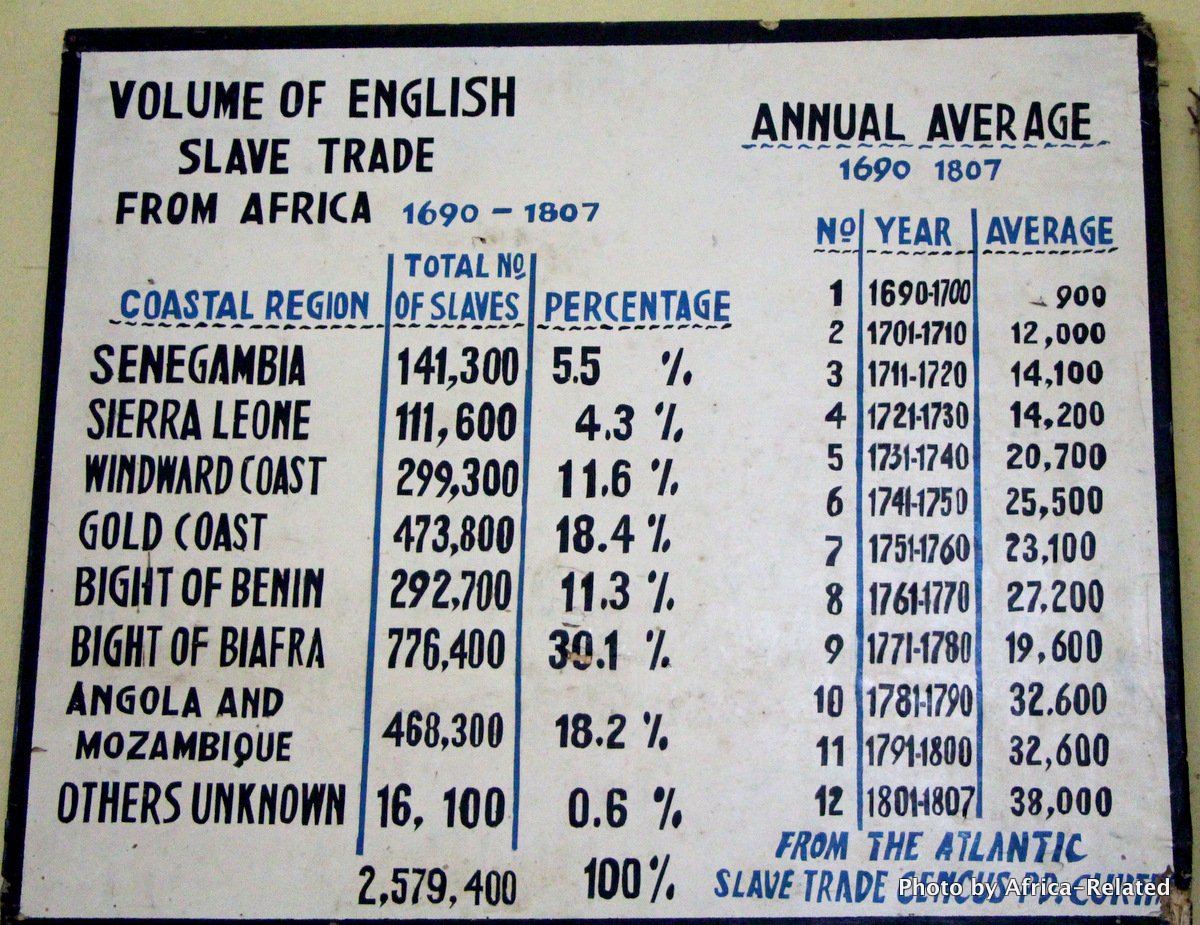
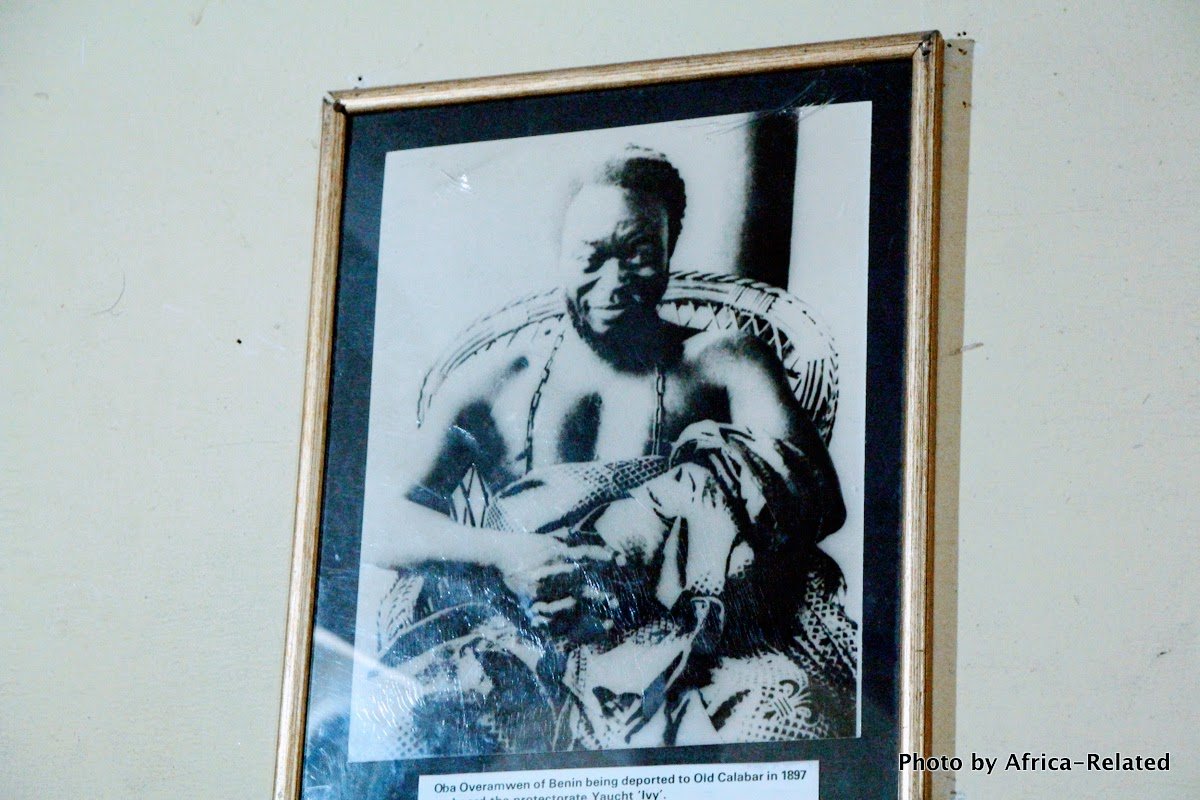




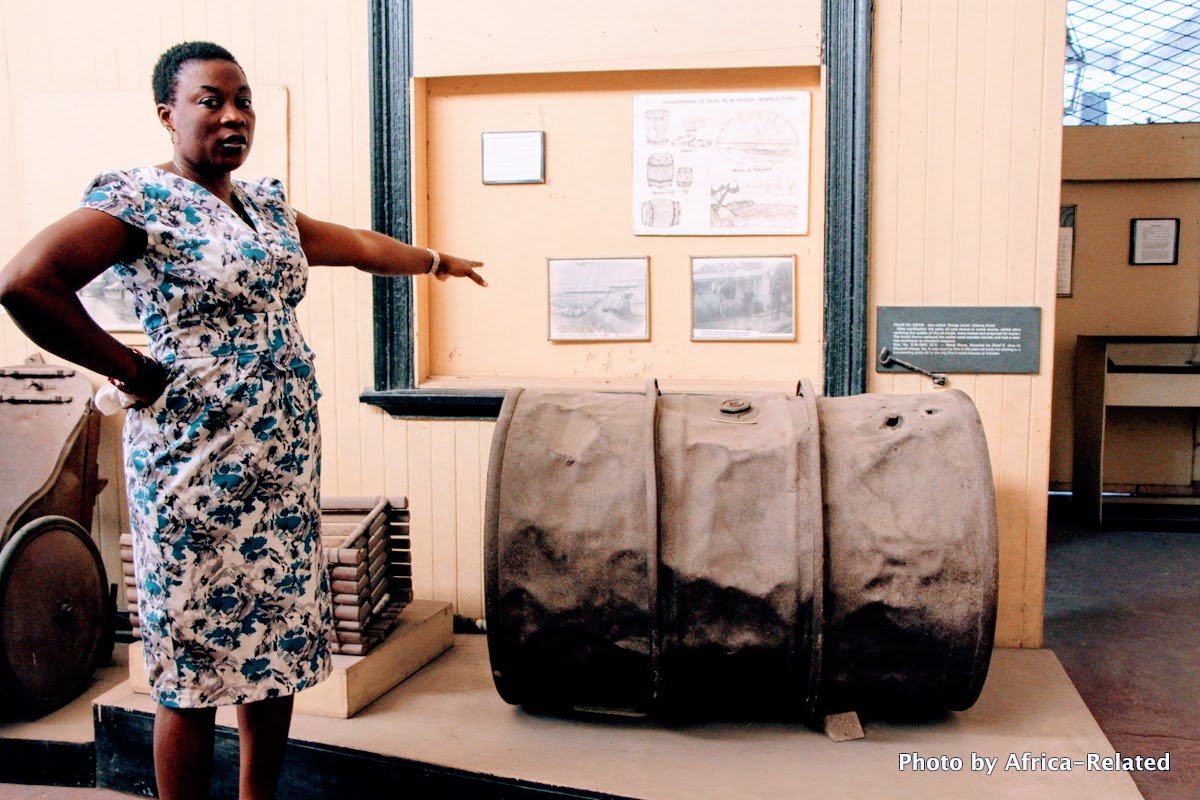
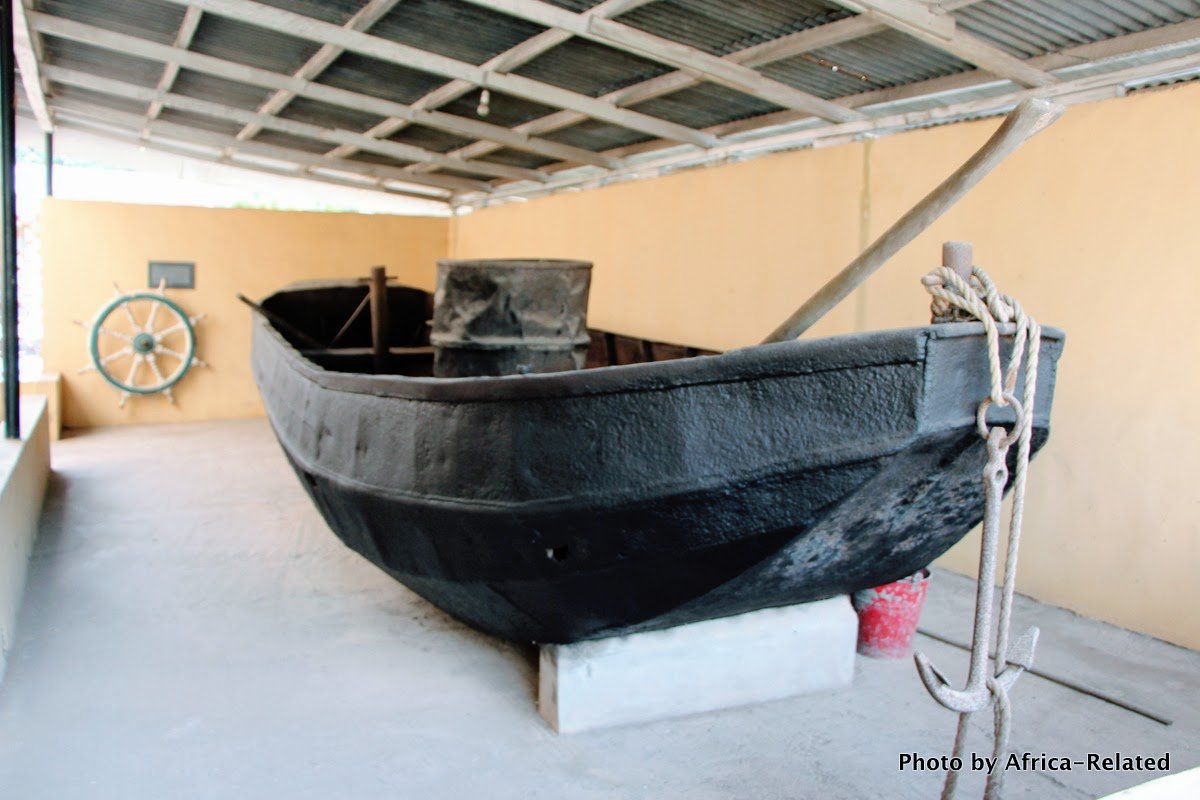
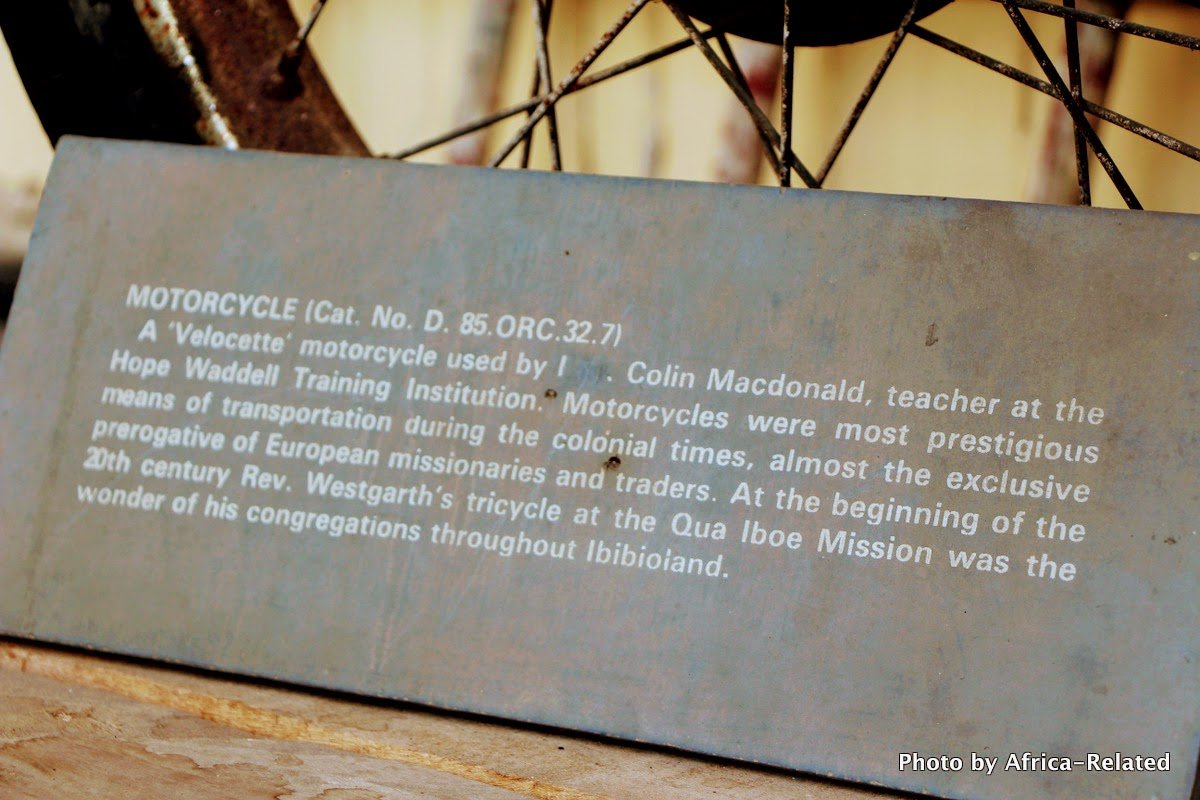










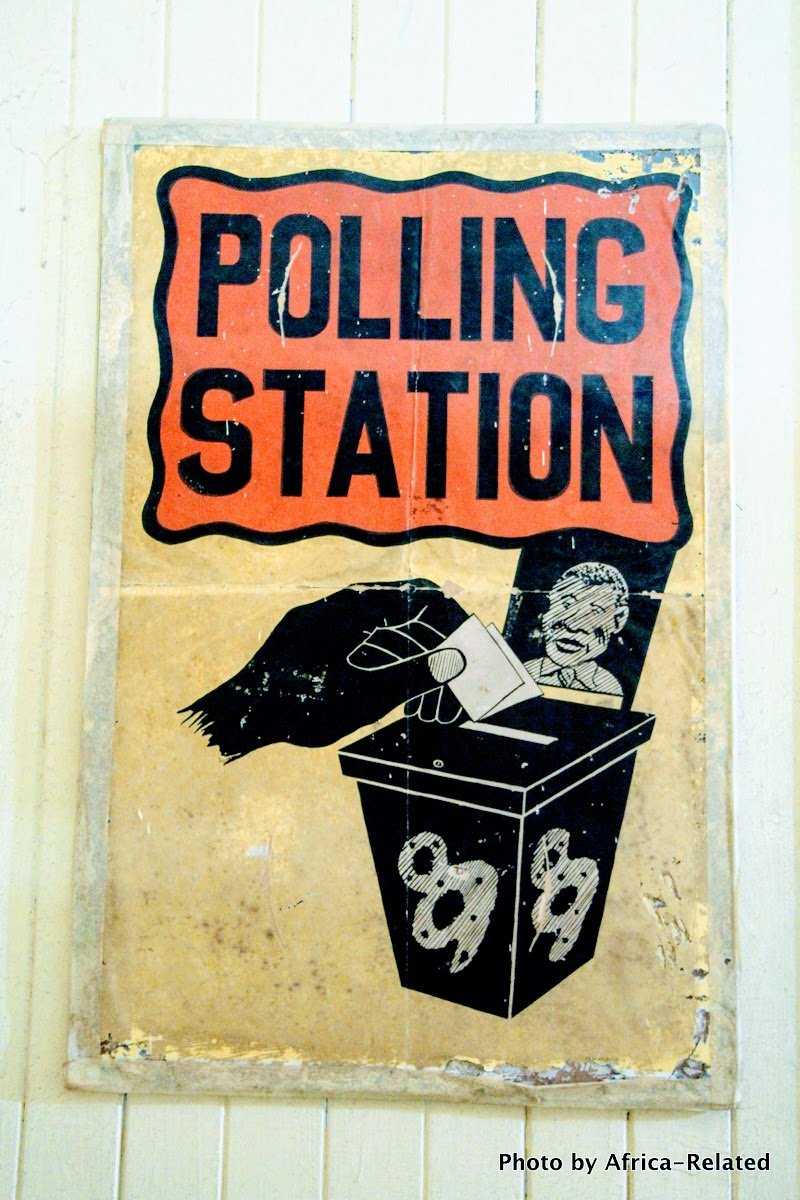






Oyiza Adaba is a journalist and producer with Africa-Related



